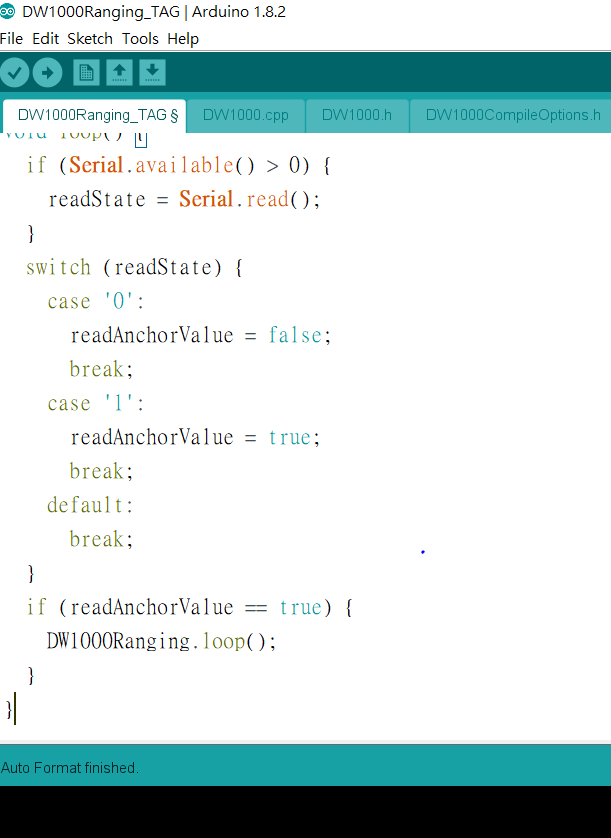Hello @prideofisland, I'm also interested in implementing more tags.
As you said, best way was dividing tags in time slots in order to have only one Tag speaking in one time. But first you must know how many tags there are in system, and then, assign an order number to each tag to speak to anchors. There are some ways to do... It will be perfect to do a dinamically system, not close, that every tag will be able to know this information by itself...
I have found this protocol I think is very interesting for this system. It's call Token Ring Protocol: http://www-verimag.imag.fr/~tripakis/papers/its01.pdf







Hey, My friend and I are struggling with implementation of multiple Tags in DW1000. Actually, we have already done it once by switching the channel. It goes as follows:
-Tag No.2 switches to channel 5 and does ranging with Anchors. If it collects measurements from all 3 Anchors, Tag No.2 switches to channel 4.
In general, it works. The main drawback is time resolution which really sucks. System initialization after channel switching lasts about two seconds.
We want to try sth different. We tought about dividing tags to time slots or introducing a variable 'it s your turn'. Do you have some better ideas than that?
Best regards, Piotr